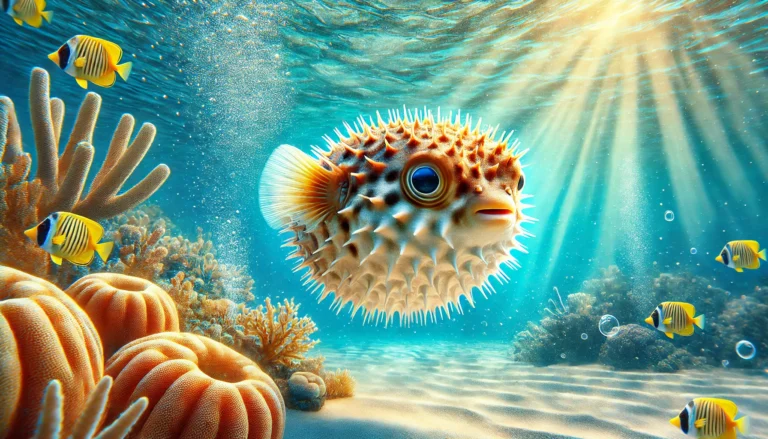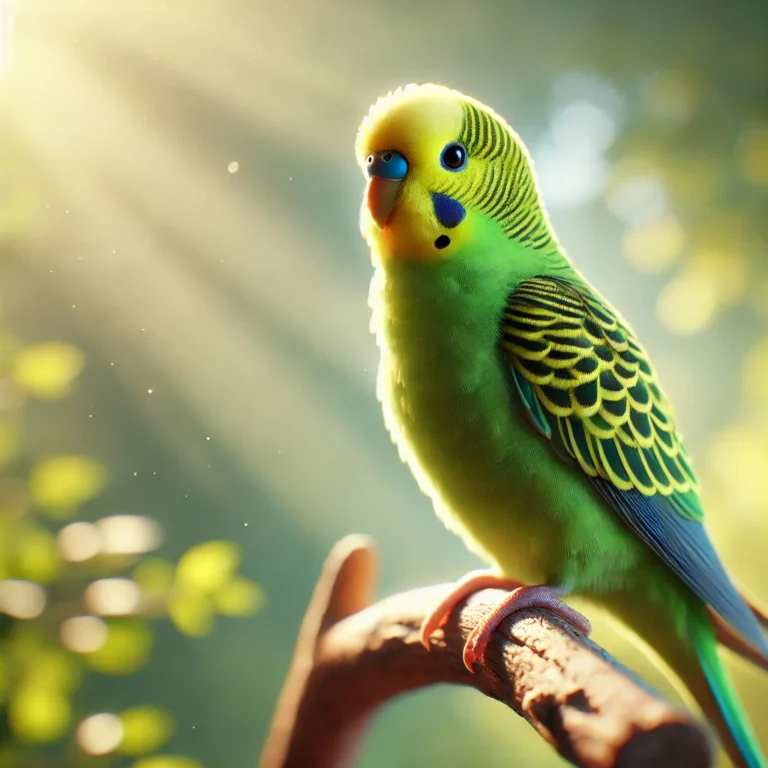How Long Do Turtles and Tortoises Live?

The Fascinating Lifespan of Turtles and Tortoises Live Understanding Their Journey Through Time
Turtles and Tortoises Live are remarkable for their longevity, with many species witnessing the ebb and flow of centuries. This comprehensive guide explores the fascinating lifespan of these ancient creatures, encompassing everything from the tiny miniature turtle to the colossal Sulcata tortoise, while delving into the care specifics that can help these pets live to their fullest potential.

Understanding Lifespan Variability Among Species
The lifespan of these reptilian pets varies significantly across species. Tortoises generally enjoy a more extended lifespan compared to their aquatic cousins, with many species like the Geochelone Sulcata and Leopard tortoise often living beyond 50 years, some even reaching over a century in captivity thanks to their robust health and slow aging process. On the other hand, aquatic turtles, including the popular red-eared slider, have a shorter life expectancy, typically around 20 to 30 years under optimal care.
Tortoises: The Land Giants
The Sulcata tortoise, also known as the African spurred tortoise, is famed not only for its size but also for its impressive lifespan, with many individuals reaching 70 years or more. Other species like the Hermann’s tortoise and Russian tortoise also boast considerable lifespans, often living up to 50 years or more. The Leopard tortoise thrives under the right conditions, showcasing a lifespan that often touches 100 years, closely rivaling that of the oldest tortoise on earth.
Turtles: Aquatic Voyagers
Sea turtles such as the Green sea turtle and Hawksbill turtle show a remarkable ability to navigate vast oceans, with life spans ranging from 30 to 50 years in the wild. Freshwater species like the painted turtle and box turtle also showcase significant longevity, with potential lifespans extending up to 40 years in well-maintained environments.
Factors Influencing Their Longevity
The longevity of Turtles and Tortoises Live are influenced by several factors, including genetics, diet, habitat, and the presence of predators. Turtles, particularly those in the wild, face numerous threats that can significantly shorten their lives, such as predation and habitat destruction. Conversely, tortoises, with their protective shells and terrestrial lifestyle, are better shielded against predators, which is a contributing factor to their longer lives.
do you know
if your dog has eaten pistachios and shows signs of distress, such as vomiting, diarrhea, lethargy, or abdominal pain, it’s crucial to consult your veterinarian.
Captive Care for Optimal Health
1. Habitat Considerations
Proper habitat setup is crucial for the health and longevity of these creatures. For tortoises, a spacious enclosure that mimics their natural environment—with proper heating, humidity, and access to ultraviolet light—is essential. Turtles, especially aquatic species, require clean, filtered water and adequate swimming space to thrive.
2. Diet: A Cornerstone of Health
Diet plays a critical role in the longevity of turtles and tortoises. Tortoises benefit from a high-fiber, low-protein diet rich in calcium, while turtles require a more varied diet that includes both plant material and protein sources to mimic their natural omnivorous feeding habits.
3. Regular Veterinary Care
Routine health checks by a vet experienced with reptiles can catch and prevent many health issues that could otherwise shorten a turtle or tortoise’s life. Regular monitoring for signs of respiratory infections, shell decay, and other common health issues is crucial.
Conservation and the Future
Many species of Turtles and Tortoises Live at risk due to factors like illegal pet trade, hunting, and loss of habitat. Conservation efforts are vital for ensuring that these ancient creatures continue to thrive both in the wild and in captivity. Supporting legislation that protects these animals, participating in or donating to turtle and tortoise conservation groups, and adopting pets from reputable sources are all ways individuals can help.
In Conclusion
The lifespan of turtles and tortoises is as varied as the species themselves. From Turtles and Tortoises Live and this kind of species that roam the land to the turtles that navigate our oceans, these creatures can teach us much about longevity and resilience. By providing proper care, respecting their natural habits, and supporting conservation efforts, we can help ensure that these fascinating animals continue to thrive for generations to come.
Can turtles live up to 500 years?
No, turtles do not live up to 500 years. The longest-living Turtles and Tortoises Live which can live up to 150 years under optimal conditions.
Can turtles live over 1000 years?
No, there is no scientific evidence to support that any turtle species can live over 1000 years.
How long do Turtles and Tortoises Live?
Tortoises are known for their longevity, with many species living between 50 to 100 years, and some individuals like the Aldabra giant tortoise living over 150 years.
What is the lifespan of a turtle vs tortoise?
Generally, tortoises live longer than turtles. While turtles can live anywhere from 20 to 80 years depending on the species, many tortoises can live 50 years or more, with several species averaging a lifespan of over a century.
Can tortoises live in water?
No, tortoises are land-dwelling and do not have the ability to swim well; they require a dry, terrestrial habitat to thrive.
How intelligent is a tortoise?
Tortoises are quite intelligent; they can learn and remember tasks, navigate mazes, and have shown the ability to recognize people and other pets
How do you know if a tortoise is happy?
A happy tortoise typically shows signs of alertness, healthy eating, and normal bowel movements. It will be active, responsive, and have clear, bright eyes.
Can tortoises recognize faces?
Yes, tortoises can recognize different human faces and may even show a preference for their primary caretakers.






